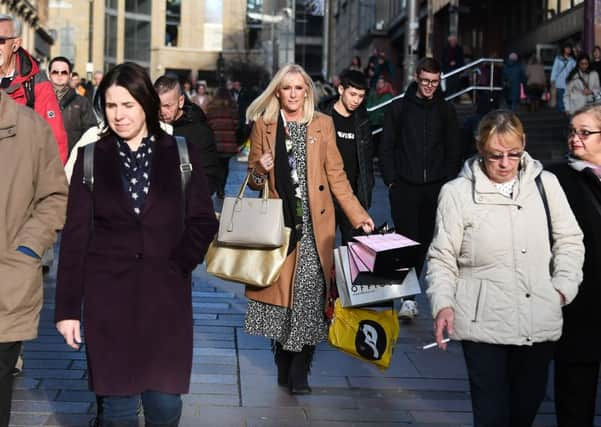Commercial property: Survival of the fittest on the high street


Similarly, the struggles of household names such as House of Fraser and Debenhams are well documented.
There have been major challenges to the high street’s pre-eminence as the default retail location.
Advertisement
Hide AdAdvertisement
Hide AdThe creation of retail parks and shopping centres has had a huge effect. The relaxation of planning laws in the 1990s prompted out-of-town and in-town developments across the whole UK.
Internet shopping is also undoubtedly responsible for some of the competition that high street retailers face, but 80 per cent of retail sales in the UK are still completed by way of a physical platform.
Many retailers continue to flourish – Holland and Barrett, White Stuff, Vans, Urban Outfitters and Jo Malone continue to perform well, perhaps due to the irreplaceability of the hands-on retail experience for certain goods.
JD Sports had a rise in pre-tax profits last year, and Next continues to occupy and trade well from prime locations.
Increasingly, strong positioning on the high street is becoming a greater determinant of success – borne out by several examples of tenants going through a CVA yet choosing to retain core high street holdings.
We have also seen the rise and development of more experience-orientated offers such as Apple, Nespresso and the Starbucks’ Roastery model. For these retailers to be successful on the high street, the right location is more important than ever.
With high footfall often the leading factor in a location choice, we are also seeing increasingly specific demand in town centres, sometimes for sections of a single street.
Developments on Buchanan Street in Glasgow have capitalised on existing shopping patterns to extend the prime region of the street northwards, making it the focal point of the city’s retail to the detriment of Sauchiehall Street and Argyle Street.
Advertisement
Hide AdAdvertisement
Hide AdSimilar factors in Edinburgh have shifted the retail focus on Princes Street east towards St Andrew Square and the new St James development.
Yet despite the challenging conditions, there is little doubt that the high street will continue to be a focal point for most towns and cities, although in many cases it will need some repurposing to provide an environment that draws people there.
Alongside retail, there should be an energetic mix of leisure, residential and other commercial uses as demonstrated with the proposed redevelopment of the former House of Fraser at the western end of Princes Street in Edinburgh for the new visitor attraction, the Johnnie Walker Experience.
In many town centres the changes needed will require a 20-year-plus time frame, but the high street may not have that long.
In order to thrive again, a transformation is needed in the next decade, a goal that will require not only funding but also strategy and decisive action.
Peter Hutton is head of retail and occupier services Scotland at real estate firm Cushman & Wakefield.